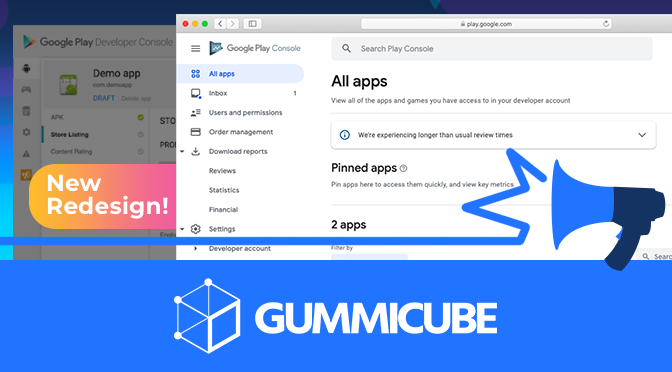
App Store Holiday Schedule 2020
Posted on November 23rd, 2020
When is the App Store Holiday Schedule 2020? Learn about the dates of this year's shutdown and how to prepare.

As companies roll out new software, it opens new opportunities for developers to explore features that will benefit an app’s conversion rate and what it means for the future of mobile apps. When Apple released its public beta of iOS 10.3, the biggest buzz introduced was developers getting the opportunity to respond to reviews. Not only can users interact with developers, it gives the developers the chance to improve conversion rates. However, many are taking note of another function hidden in the update. Developers noticed a new function in the SDK that allows for multiple app icons to be added to each application. Apple released the new instance method that developers can use to specify what they want as the primary app icon and what would be the alternate icons. Apps would not need to go through the App Store for an update, and instead would change in real time. To understand the use for multiple app icons, think of a weather app. Depending on what weather is outside, users would notice the icon reflecting the weather instead of having to open the app. The idea of real time changes has been limited to when physically using the app, not when it’s closed. If an app’s icon could change, the weather would be reflected on the app’s icon while closed on the home screen. Developers could change icons during the holidays without issuing an update, giving an app a fresh look to increase conversion rates. Steven Troughton-Smith, an Irish programmer that mostly focuses on iPhone software, reported that for the app’s icon to change, the app will ask for permission to the change the icon. Presently, the current app icon must be visible on the screen to change, and it is unclear if permission will be asked every time the icon is going to change or just once. Despite Apple introducing app icon changes to iOS 10.3, Google introduced a feature similar that allows developers to run tests to better optimize the most effective graphics for an app. Google calls this optimization A/B tests, which allow developers to use published apps and test variants against the current version in the store to see which performs best. These tests can be run as global experiments, which only look at graphics, or localized experiments, which account for text and graphics. Developers must run the test themselves by creating an experiment to target information and specific attributes. Once the experiment has been run, they can review the results and apply any necessary changes, which usually results in more downloads of the app. Introducing multiple app icons is the next logical step for Apple. iOS 10.3 shifts the focus toward the developers’ side to increase app conversion rates and downloads. The newest software update will help developers increase download rates to apps, and the new feature seems like the next logical step for the App Store to take.

When is the App Store Holiday Schedule 2020? Learn about the dates of this year's shutdown and how to prepare.

Apple's App Store Guidelines have strict privacy requirements. Developers now must provide information to users on the App Store listing regarding the data they access.

The Google Play Developer Console has been updated with a new design and adjusted tools. What's different, and how will it impact App Store Optimization?